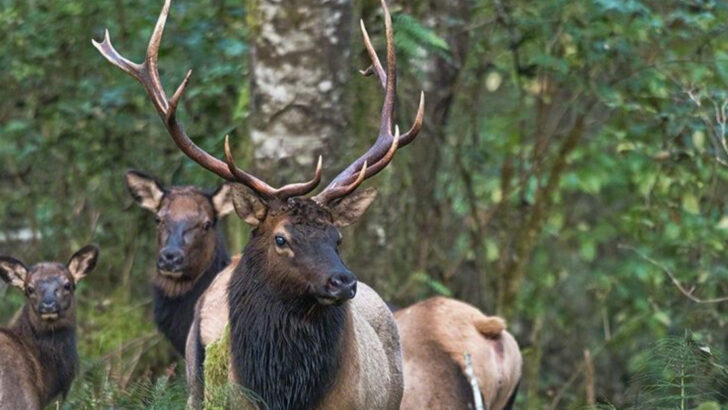Olympic National Park, a sprawling expanse of diverse ecosystems, is home to a fascinating array of wildlife.
From majestic mammals to unique amphibians, the park’s biodiversity offers a glimpse into the wonders of nature.
Exploring this wilderness gives visitors the chance to encounter some of its most iconic creatures, many of which are endemic to the area.
In this post, we’ll delve into 15 remarkable animals that have made this park their home, celebrating their unique traits and the roles they play in this vibrant ecosystem.
Roosevelt Elk
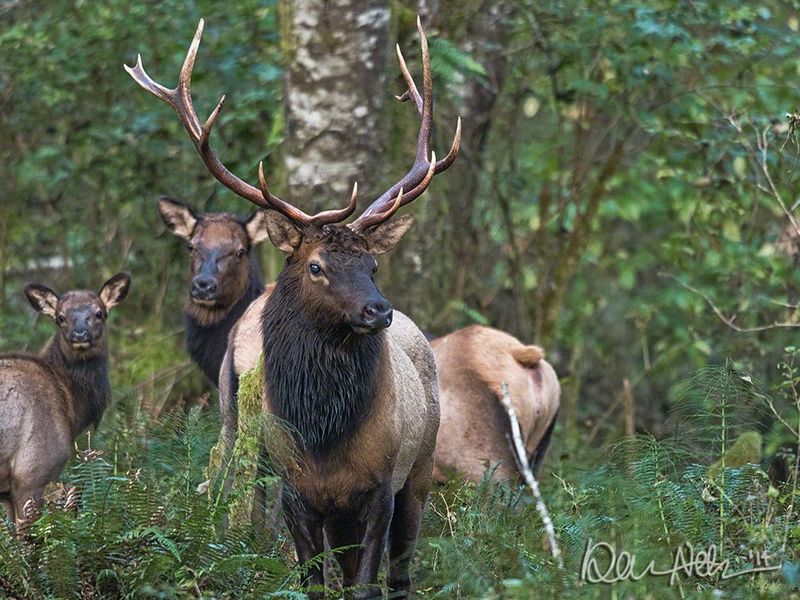
The Roosevelt Elk, named after President Theodore Roosevelt, is the largest of the four subspecies of elk in North America. With their massive antlers and robust bodies, these elk are a sight to behold. They roam in large herds throughout the park’s lush meadows and old-growth forests.
Their bugling calls echo through the valleys, especially during the fall mating season, adding a mystical aura to the park. Did you know? Roosevelt Elk are excellent swimmers and often cross river channels in search of food and shelter.
Olympic Marmot
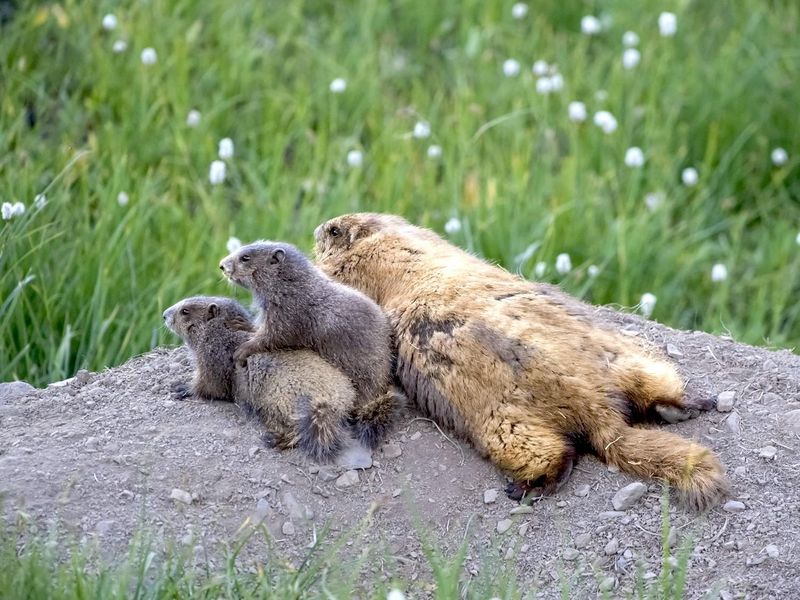
Endemic to the Olympic Mountains, the Olympic Marmot is a charming creature known for its loud whistling calls. These marmots create complex burrow systems in the alpine meadows, where they spend summers feeding on a variety of plants.
In winter, they hibernate to conserve energy, emerging only when the snow starts to melt. Their social nature makes them a delight to watch as they interact with each other. A fun fact: The Olympic Marmot is so special that it’s been designated as Washington’s state endemic mammal.
Northern Spotted Owl
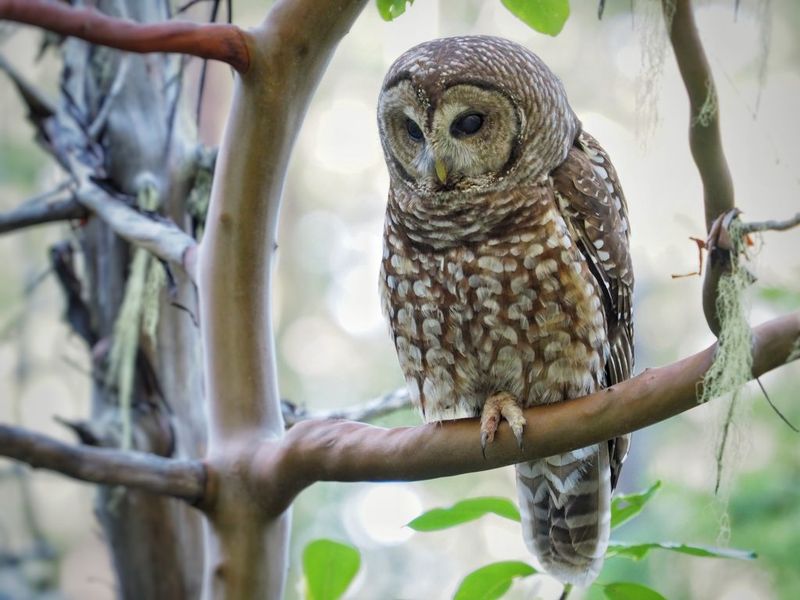
The Northern Spotted Owl is a symbol of old-growth forest preservation. Preferring the dense, mature forests of Olympic National Park, these owls have become emblematic of conservation efforts.
Their deep hoots resonate through the night, a reminder of their presence and the delicate balance of their habitat. The owl’s striking facial features and dark eyes add to its mysterious allure. Did you know? These owls rely heavily on old-growth forests, making them a key indicator species for environmental health.
Olympic Torrent Salamander
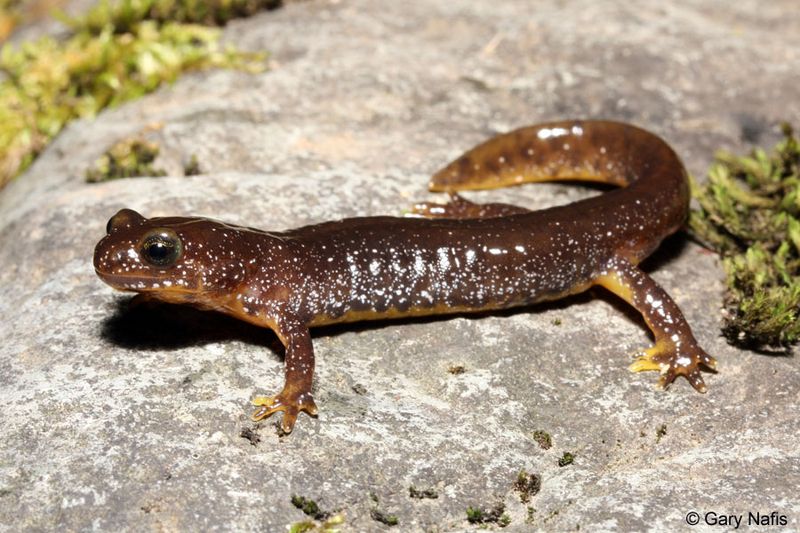
The Olympic Torrent Salamander is an amphibian uniquely adapted to the moist, cool environments of the park’s streams and waterfalls. With its small size and vibrant coloring, it blends seamlessly into its habitat.
These salamanders thrive in the pristine conditions of the park’s riparian zones. Despite their reclusive nature, they play a critical role in the ecosystem by controlling insect populations. Interesting fact: The presence of Olympic Torrent Salamanders often indicates a healthy aquatic system.
Black Bear
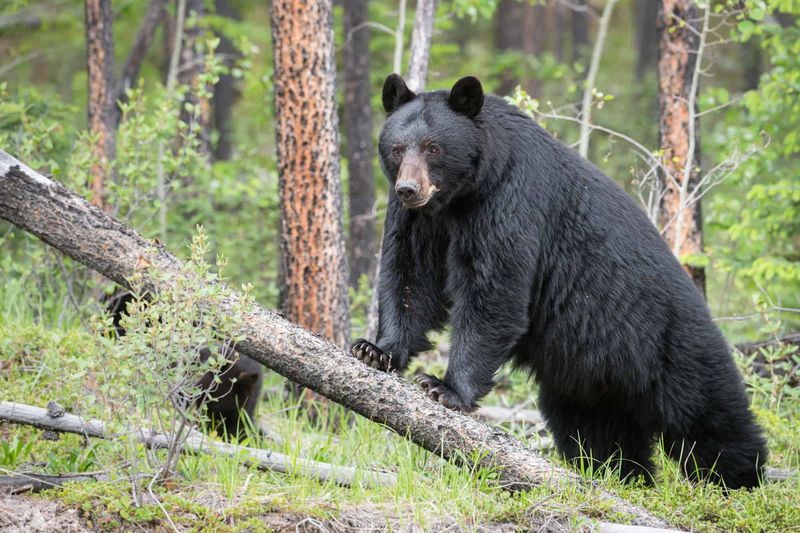
Black Bears are among the most adaptable and widespread mammals in North America. In Olympic National Park, these bears can be seen lumbering through forests or foraging in berry patches.
Their keen sense of smell guides them to various food sources, including insects and plants. Bears in the park exhibit a range of color variations, from black to cinnamon. Despite their formidable size, Black Bears are generally shy and avoid human interaction. A quirky fact: They can run up to 30 miles per hour when needed!
Mountain Lion

Stealth and strength define the Mountain Lion, also known as the cougar or puma. These apex predators are elusive, often remaining unseen by park visitors. They command their territory with a sense of poise and power.
Mountain Lions primarily hunt deer but are known to adapt their diet based on availability. Their presence is vital for maintaining the balance of the park’s ecosystems. Did you know? These big cats can leap up to 40 feet in a single bound, showcasing their incredible agility.
Pacific Tree Frog
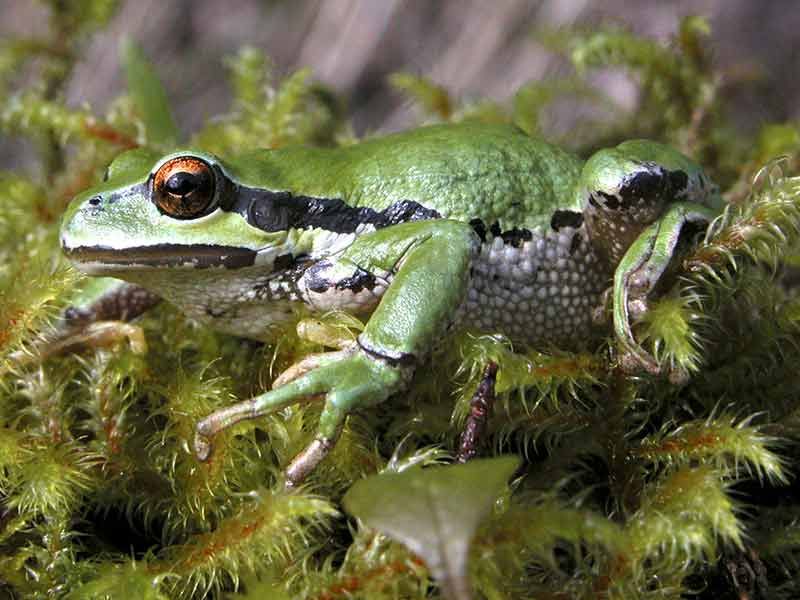
The Pacific Tree Frog, with its distinctive ribbit call, is a common yet captivating sight in Olympic National Park. This tiny amphibian thrives in the damp, temperate rainforest environment. Its ability to change color from green to brown allows it to blend into diverse backgrounds.
These frogs are often heard before they’re seen, especially during the evening chorus. They play an essential role in the food web, serving as prey for many larger animals. Fun fact: Despite their small size, Pacific Tree Frogs have powerful vocal sacs that amplify their calls.
Bald Eagle
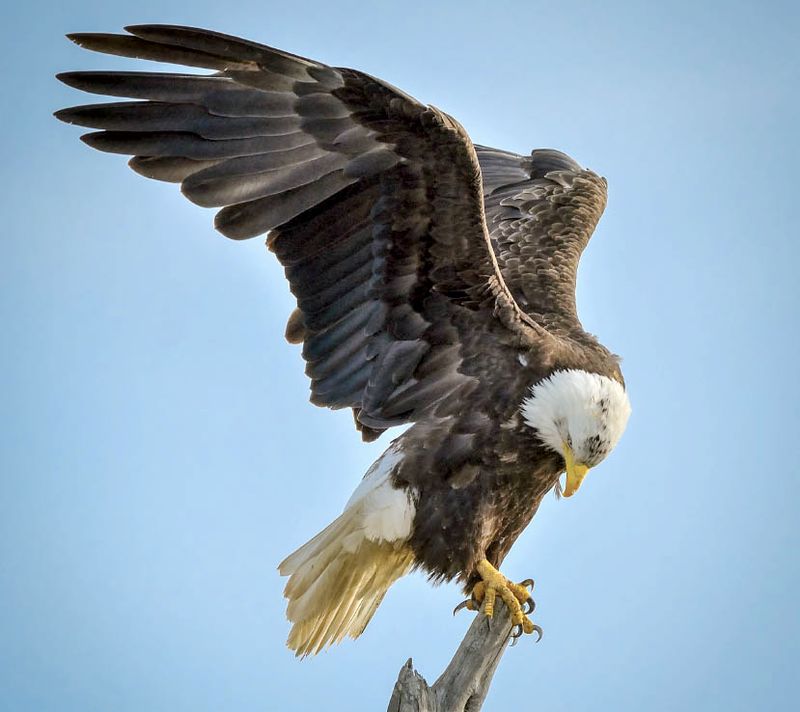
The Bald Eagle, America’s national bird, reigns over the skies of Olympic National Park with its impressive wingspan and regal presence. These birds are often spotted near water bodies, where they hunt for fish.
Their keen eyesight allows them to spot prey from great distances. The recovery of Bald Eagle populations in the park is a testament to successful conservation efforts. Did you know? Bald Eagles build the largest nests of any bird in North America, some weighing up to a ton!
Salmon
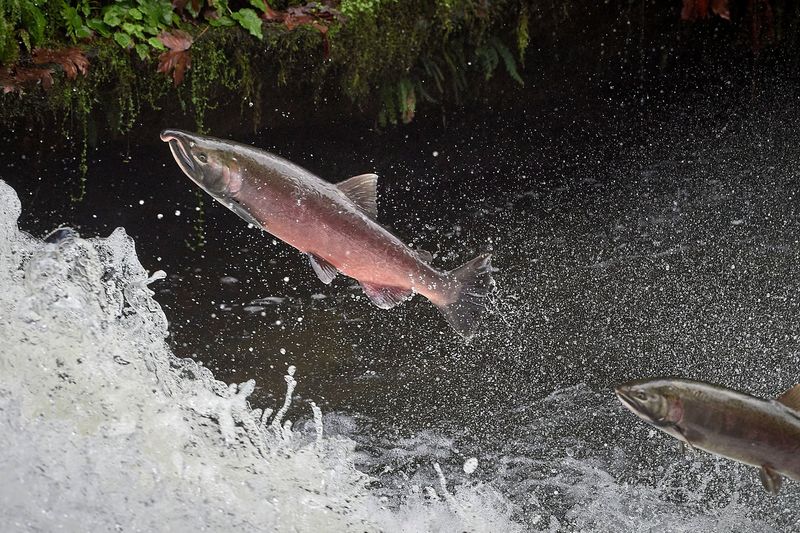
Salmon are the lifeblood of the Pacific Northwest ecosystems, and Olympic National Park is no exception. These fish embark on incredible journeys from the ocean to freshwater streams to spawn.
Their annual migration is crucial for nutrient distribution in aquatic and terrestrial environments. The sight of salmon leaping upstream is a natural wonder that draws visitors from around the globe. Fascinating fact: After spawning, salmon carcasses provide essential nutrients to the forest floor, supporting a wide array of life.
River Otter
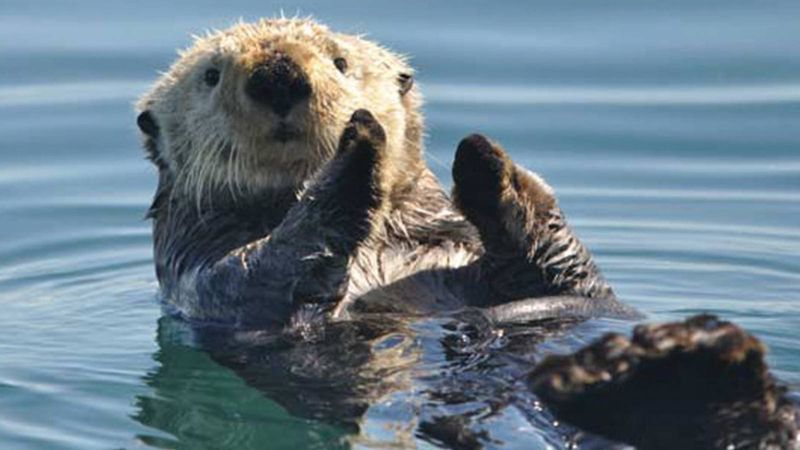
River Otters, with their playful antics and sleek bodies, capture the hearts of all who observe them. These charismatic mammals are often seen frolicking in rivers and streams, showcasing their excellent swimming skills.
They are social creatures, frequently seen in family groups, and feed on a diet of fish and crustaceans. Their presence is a strong indicator of healthy aquatic ecosystems. Did you know? River Otters can hold their breath underwater for up to eight minutes while searching for food.
Hoh Rainforest Banana Slug
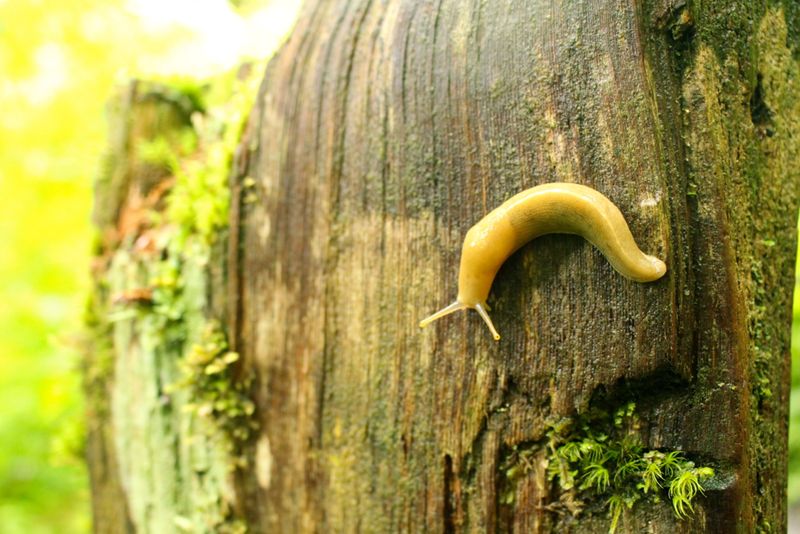
The Banana Slug, often found in the damp, lush environment of the Hoh Rainforest, is both bizarre and fascinating. This mollusk glides through the underbrush, feeding on decaying plant material and helping decompose organic matter.
Their bright yellow color is both a warning and a camouflage among the forest’s fungi and foliage. Despite their slow pace, they play a significant role in nutrient cycling. Quirky fact: Banana Slugs can grow up to 10 inches long and secrete a slime that numbs predators’ tongues!
Gray Wolf
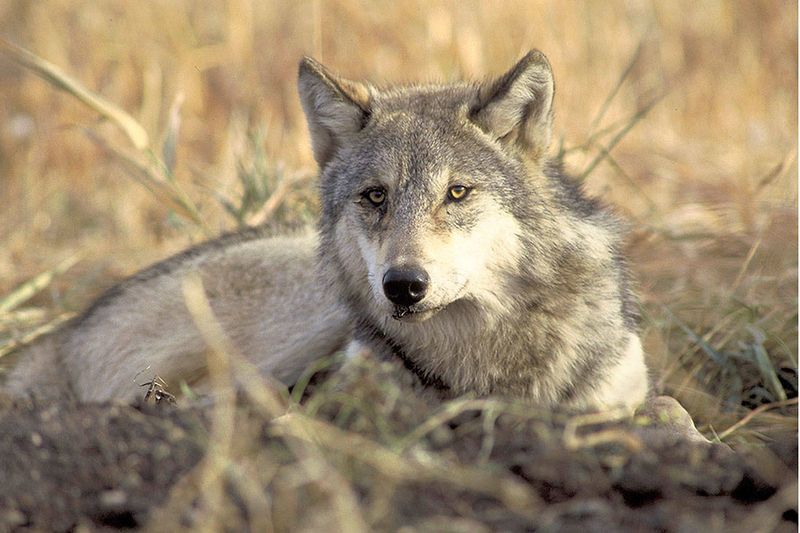
Gray Wolves are symbols of wilderness and the interconnectedness of ecosystems. Reintroduced to areas surrounding Olympic National Park, they have gradually made their presence known. These social animals live in family packs, exercising complex communication through vocalizations and body language.
Their hunting practices help regulate prey populations, maintaining ecological balance. Did you know? Wolves can travel up to 30 miles a day in search of food, showcasing their endurance and adaptability.
Rufous Hummingbird
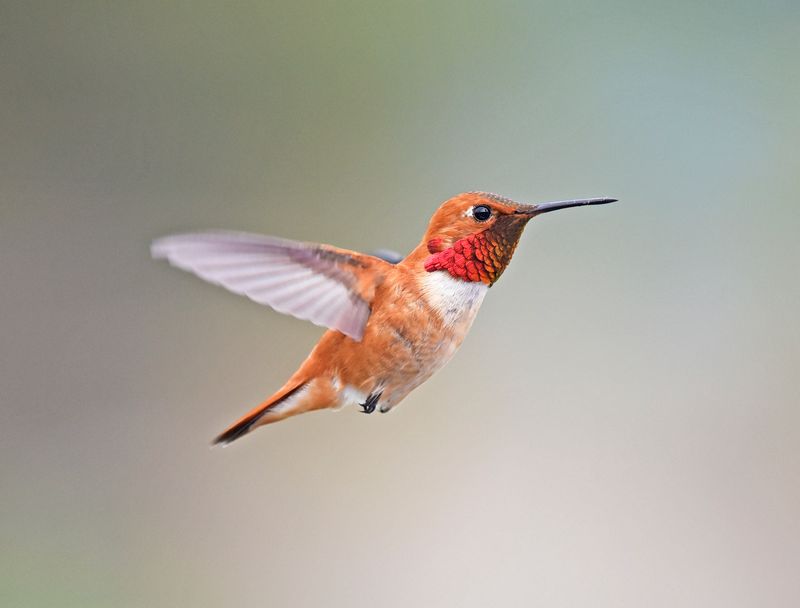
The Rufous Hummingbird, a tiny avian marvel, is known for its fiery temperament and dazzling plumage. These birds are frequent visitors to the park’s flowering plants, sipping nectar with their long, specialized tongues.
Their energetic flight patterns and territorial behaviors are a spectacle to behold. Despite their small size, they migrate vast distances between breeding and wintering grounds. Fun fact: Rufous Hummingbirds can remember feeding locations from previous years, showcasing their remarkable memory.
Sea Otter
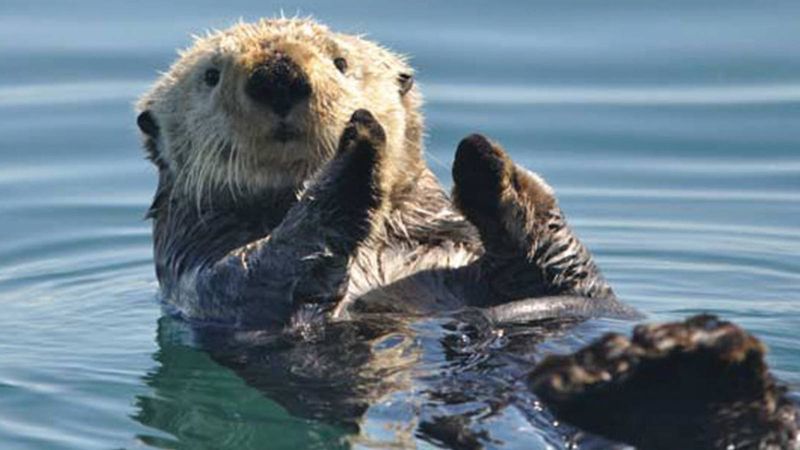
Sea Otters are integral to the coastal ecosystems of Olympic National Park. With their endearing appearance and playful behavior, they captivate the hearts of onlookers. Sea Otters maintain the health of kelp forests by preying on sea urchins, which can otherwise overgraze these vital habitats.
Their dense fur, the thickest in the animal kingdom, keeps them insulated in cold waters. Curious fact: Sea Otters use tools, like rocks, to crack open shellfish, showcasing their intelligence and adaptability.
Pika
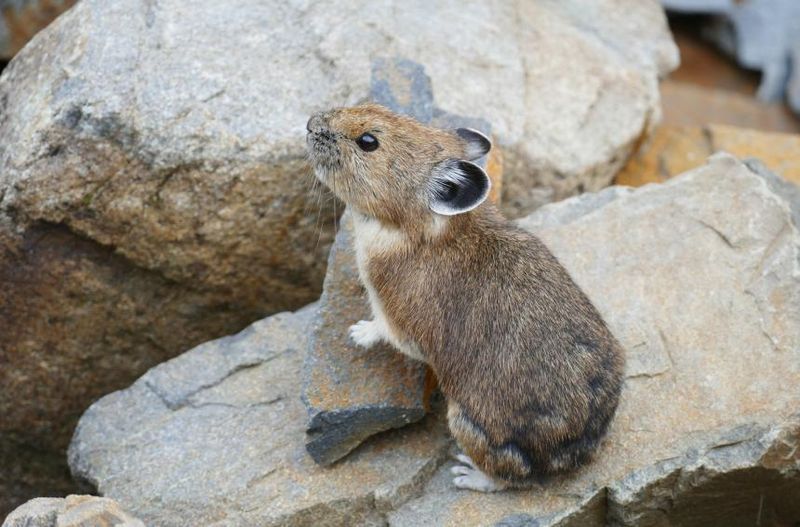
Nestled among the rocky slopes of Olympic National Park, the pika is a charming resident. Known for its distinctive, high-pitched calls, this small mammal thrives in alpine environments.
With round ears and a stout body, the pika resembles a cuddly toy. It diligently collects and stores grasses, creating hay piles to sustain it through the harsh winters.
Sensitive to temperature changes, these creatures offer insight into climate shifts. The pika symbolizes resilience and adaptability. Did you know? Despite their size, pikas are related to rabbits!

